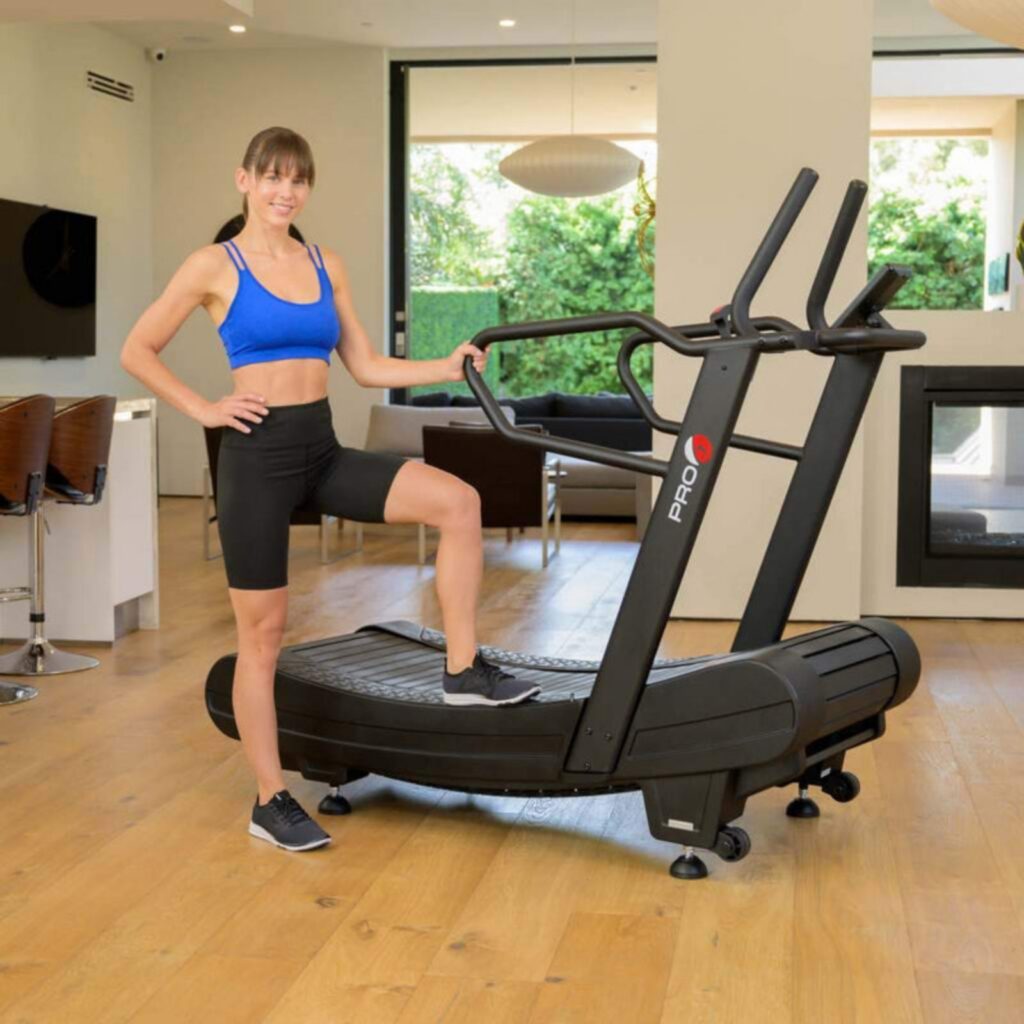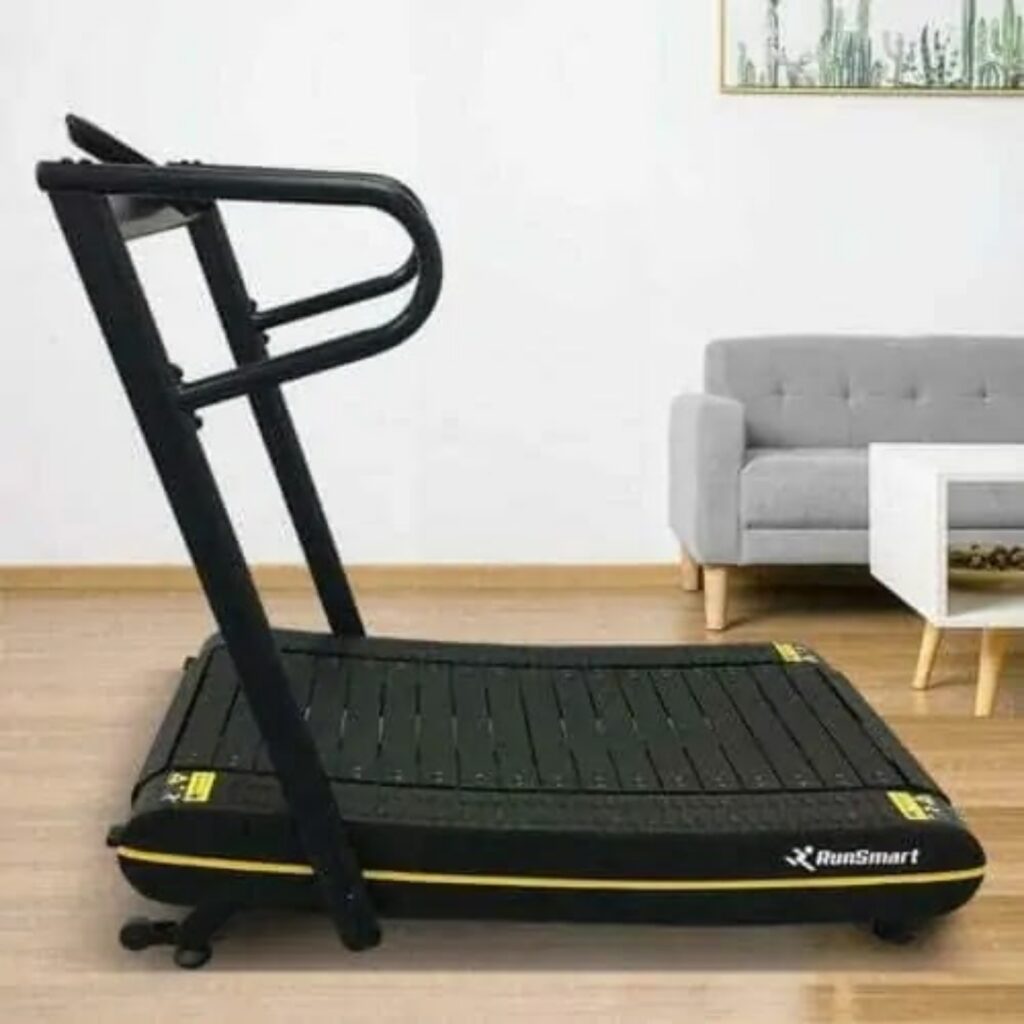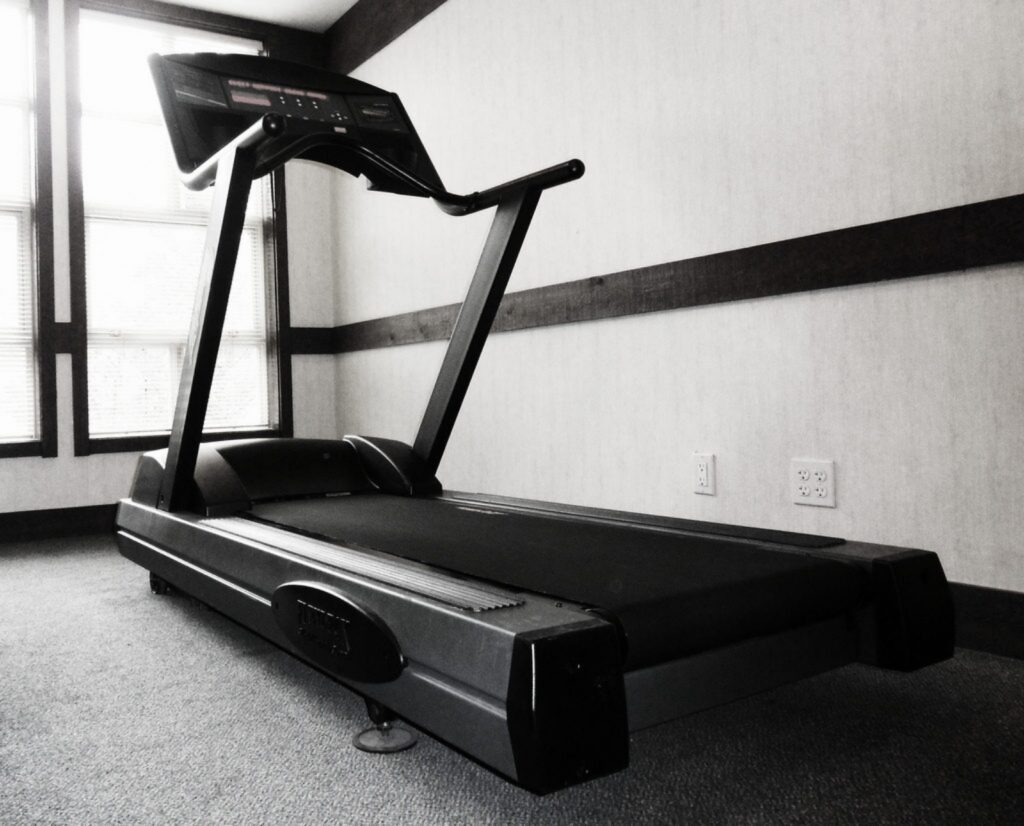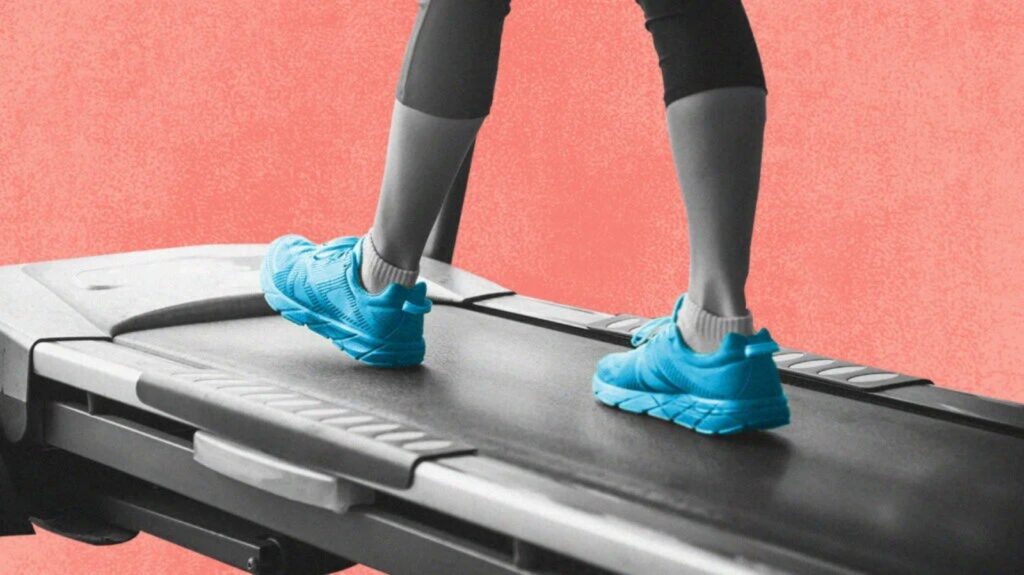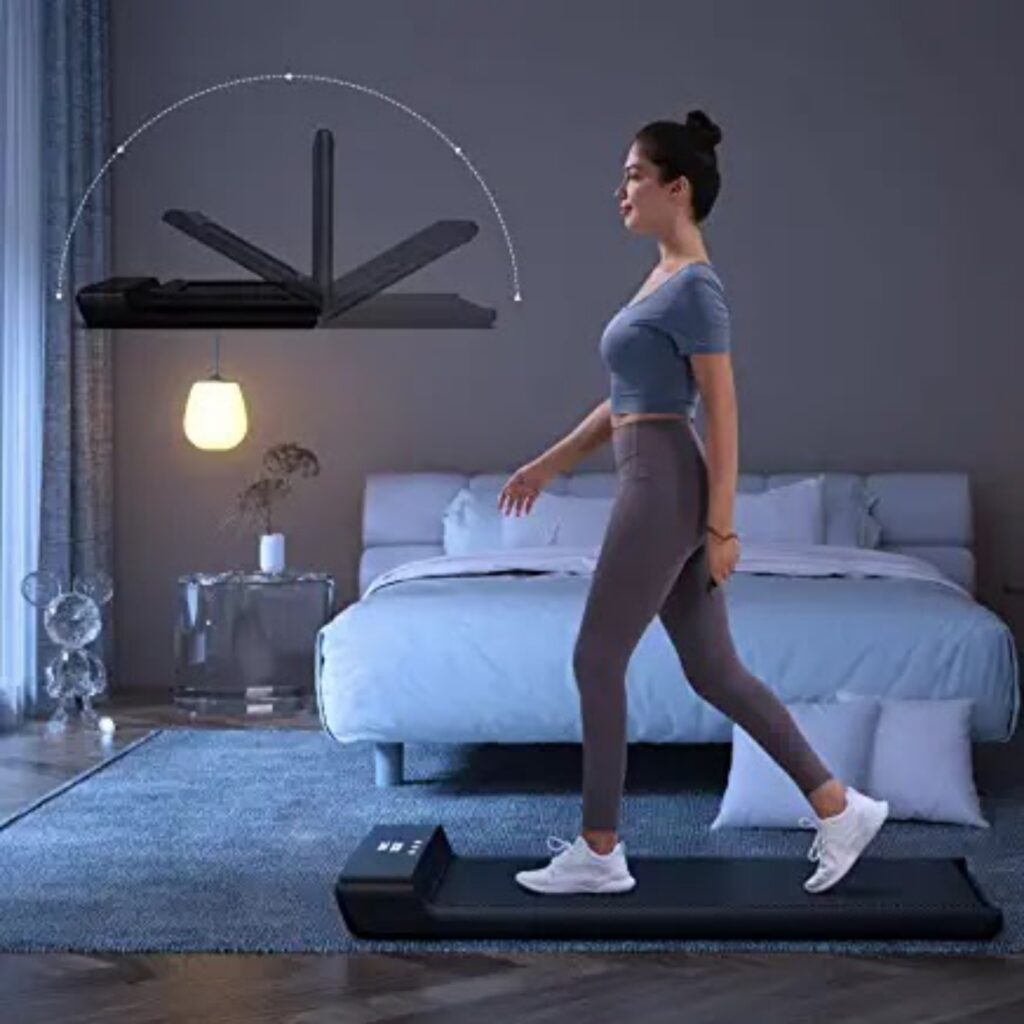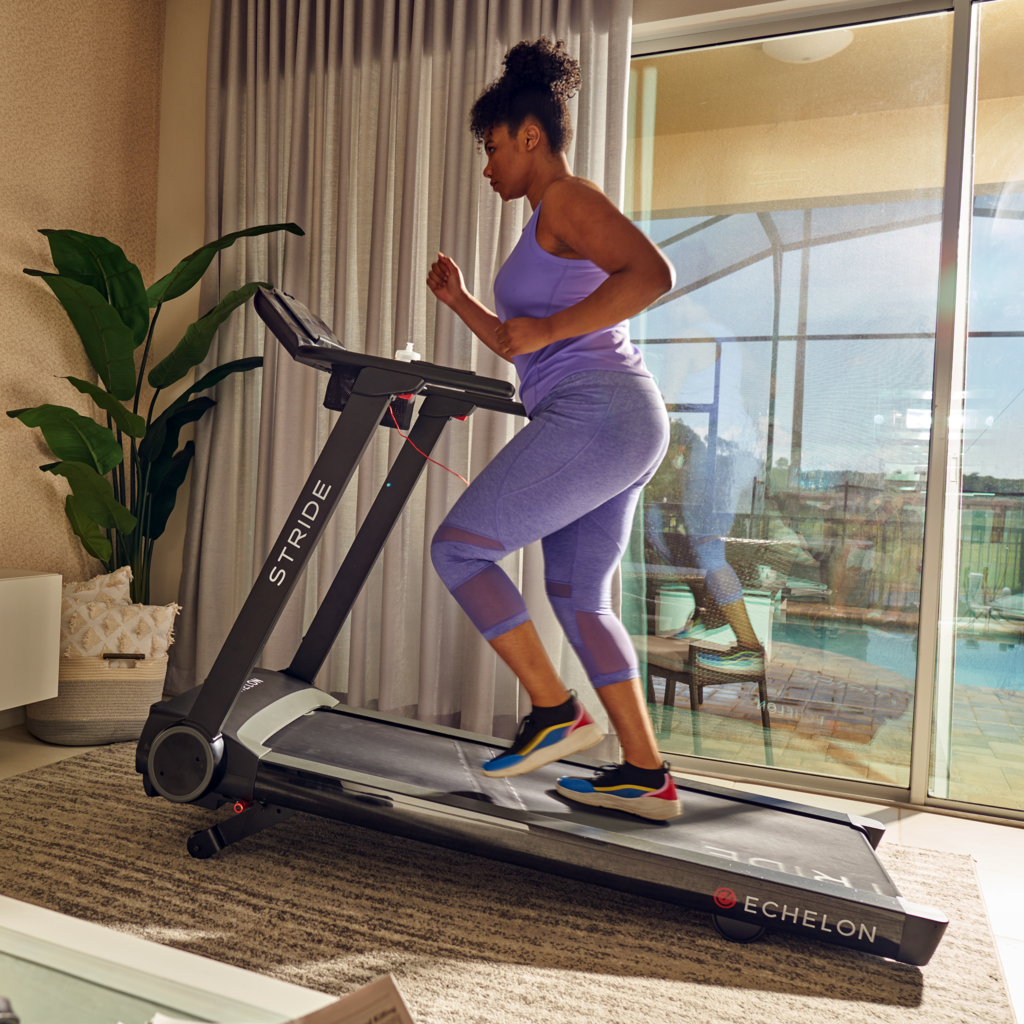
Manual Treadmill Guide
Are you looking for a way to stay active without the hassle of going to the gym? A manual treadmill might be the solution you’ve been looking for. In this comprehensive guide, we’ll explore everything you need to know about manual treadmills, including their benefits, types, and how to use them effectively.
Table of Contents
- What is a Manual Treadmill?
- Benefits of Using a Manual Treadmill
- Types of Manual Treadmills
- Curved Manual Treadmills
- Flat Belt Manual Treadmills
- How to Choose the Right Manual Treadmill
- How to Use a Manual Treadmill Safely and Effectively
- Proper Foot Placement
- Maintaining Proper Form
- Adjusting the Incline
- Tracking Your Progress
- Maintenance Tips for Your Manual Treadmill
- Conclusion
- FAQs
1. What is a Manual Treadmill?
A manual treadmill is a type of treadmill that relies on your own body power to move the belt. Unlike motorized treadmills, manual treadmills don’t require an electrical outlet and are typically less expensive. Manual treadmills come in two main types: curved and flat belt.
2. Benefits of Using a Manual Treadmill
Using a manual treadmill has numerous benefits. First and foremost, it’s a great way to get in shape and stay active without having to leave your home. Additionally, manual treadmills are typically less expensive than motorized treadmills, making them an affordable option for those on a budget. They’re also more environmentally friendly since they don’t require electricity. Lastly, manual treadmills offer a more natural running experience since they’re powered by your own body and don’t have a motor that can interfere with your stride.
3. Types of Manual Treadmills
Curved Manual Treadmills
Curved manual treadmills are the newer of the two types and offer a unique design that’s meant to mimic running outdoors. The curve of the treadmill allows you to start and stop running naturally, rather than being forced to keep up with a motorized belt. Curved manual treadmills are also great for high-intensity interval training since they allow you to change your speed and incline more quickly than flat belt treadmills.
Flat Belt Manual Treadmills
Flat belt manual treadmills are the more traditional type of manual treadmill. They’re typically less expensive than curved treadmills and are a great option for those on a budget. They also tend to be more lightweight and easier to move around than curved treadmills.
4. How to Choose the Right Manual Treadmill
When choosing a manual treadmill, there are a few factors to consider. First and foremost, you’ll want to consider your budget. Manual treadmills can range in price from under $100 to over $1,000, so it’s important to choose one that fits within your budget. You’ll also want to consider the size of the treadmill, as well as any additional features that you may want, such as a heart rate monitor or an adjustable incline.
5. How to Use a Manual Treadmill Safely and Effectively
Using a manual treadmill is relatively straightforward, but there are a few tips to keep in mind to ensure that you’re using it safely and effectively.
Proper Foot Placement
When using a manual treadmill, it’s important to place your feet correctly on the belt. You’ll want to keep your feet centered on the belt and avoid leaning too far forward
Maintaining Proper Form
Maintaining proper form is essential when using a manual treadmill. You’ll want to keep your shoulders back and your head up, with your gaze forward. Keep your arms bent at a 90-degree angle and swing them naturally as you walk or run.
Adjusting the Incline
Most manual treadmills come with an adjustable incline. It’s important to start with a low incline and gradually increase it as you get stronger. Avoid increasing the incline too quickly, as this can put strain on your knees and other joints.
Tracking Your Progress
One of the benefits of using a manual treadmill is that it allows you to track your progress over time. You can do this by keeping a log of your workouts, or by using a fitness tracker that’s compatible with your treadmill.
6. Maintenance Tips for Your Manual Treadmill guide
To keep your manual treadmill guide in good working order, it’s important to follow a few maintenance tips. First and foremost, make sure to clean the belt and deck regularly to prevent dust and dirt buildup. You should also lubricate the belt and deck every few months to ensure that the treadmill runs smoothly. Finally, make sure to tighten any loose bolts or screws to prevent the treadmill from becoming unstable.
7. Conclusion
In conclusion, a manual treadmill is a great option for those looking to get in shape without the hassle of going to the gym. They’re affordable, environmentally friendly, and offer a more natural running experience than motorized treadmills. Whether you choose a curved or flat belt treadmill, be sure to follow proper form and safety guidelines to ensure that you get the most out of your workout.
8. FAQs
- Is a manual treadmill guide a good workout?
Yes, a manual treadmill guide can be a great workout option. It provides a natural running experience and allows you to control your speed and incline.
- How fast can you go on a manual treadmill guide?
The maximum speed on a manual treadmill depends on your own running ability. Most manual treadmills can go up to 10-12 miles per hour.
- Are manual treadmills guide noisy?
No, manual treadmills guide are typically quieter than motorized treadmills since they don’t have a motor.
- Can you use a manual treadmill guide for walking?
Yes, manual treadmills guide are great for both walking and running.
- How do you stop a manual treadmill guide?
To stop a manual treadmill guide, simply slow down your pace and allow the belt to come to a stop.

